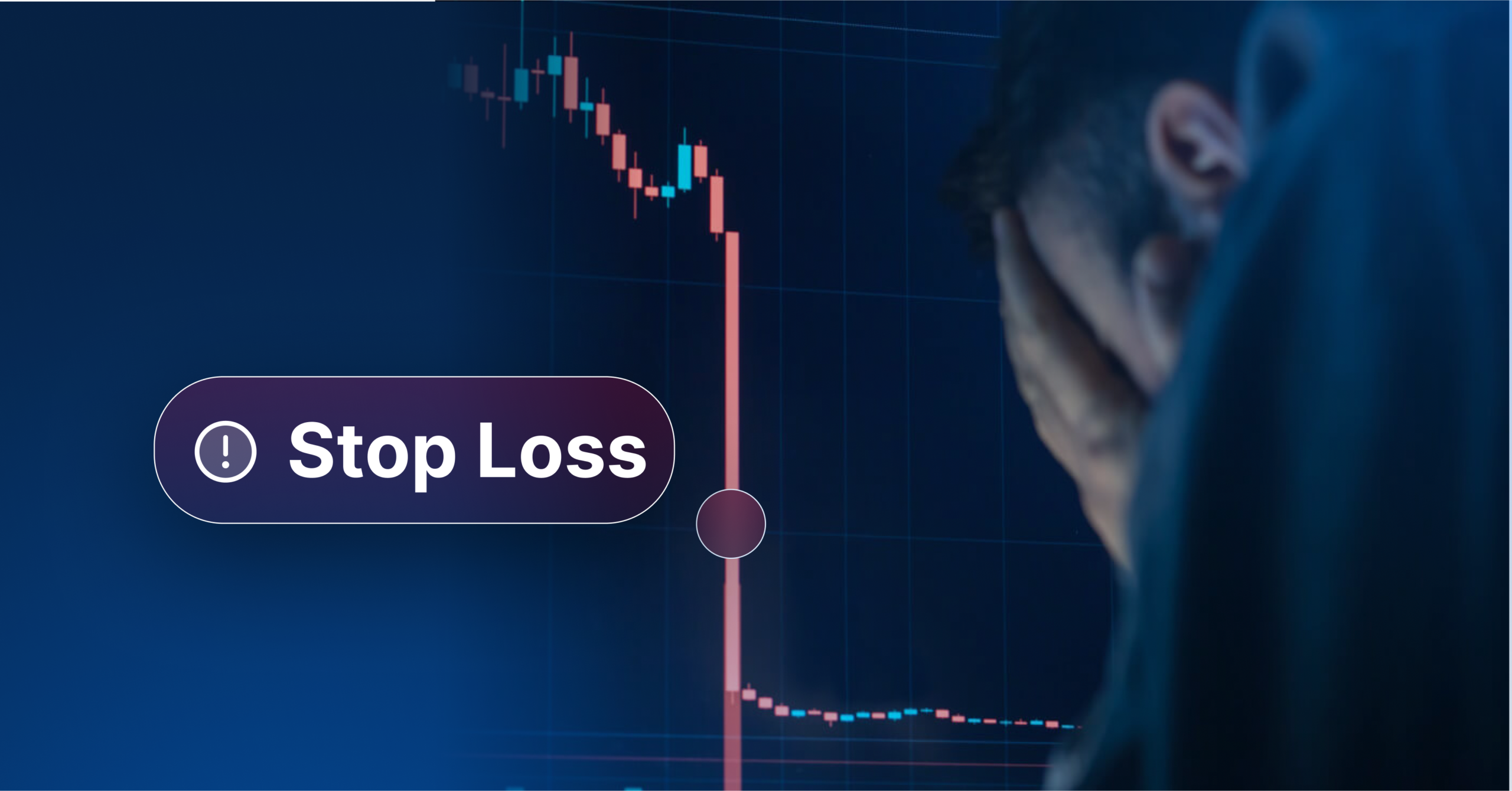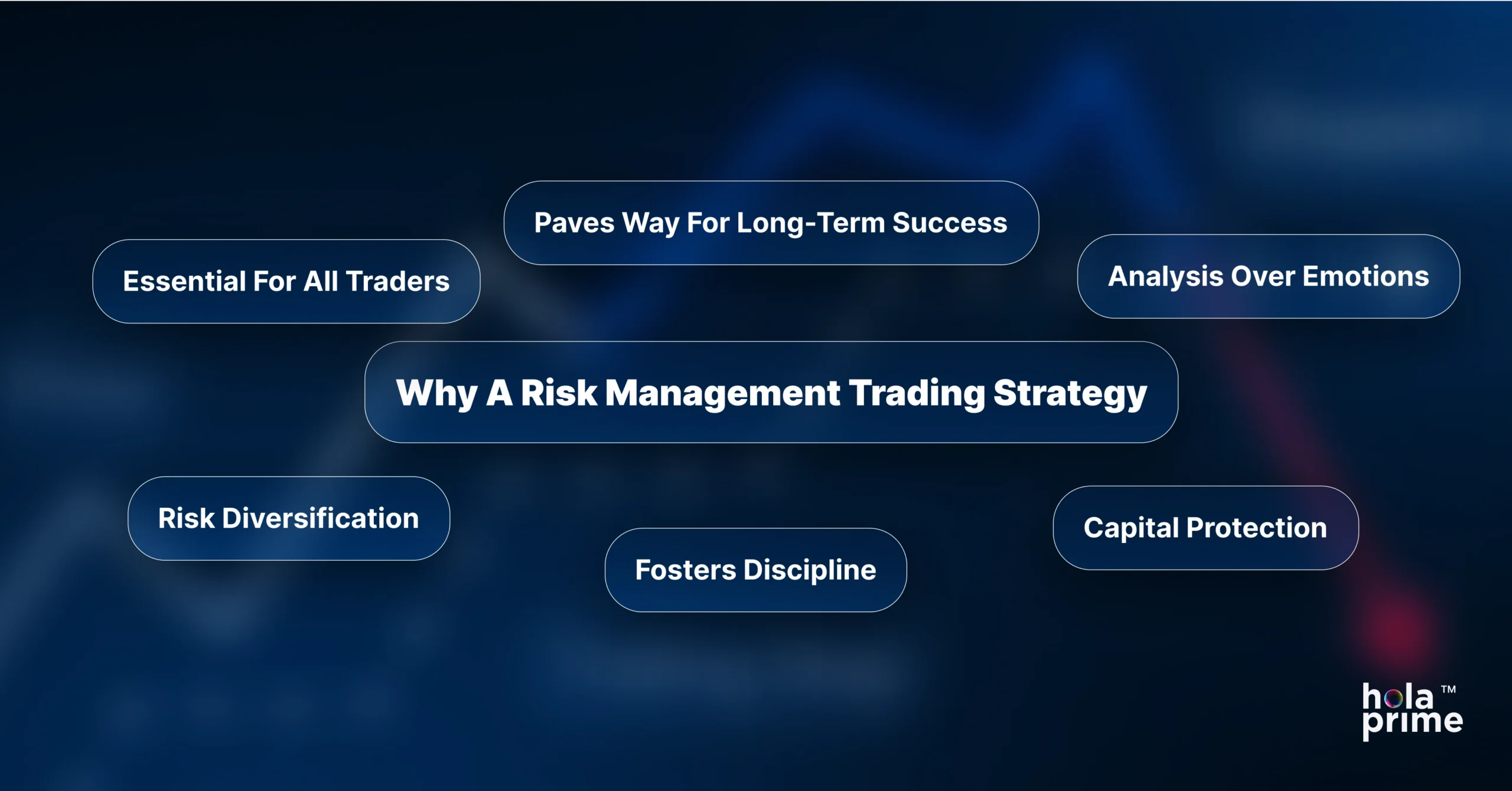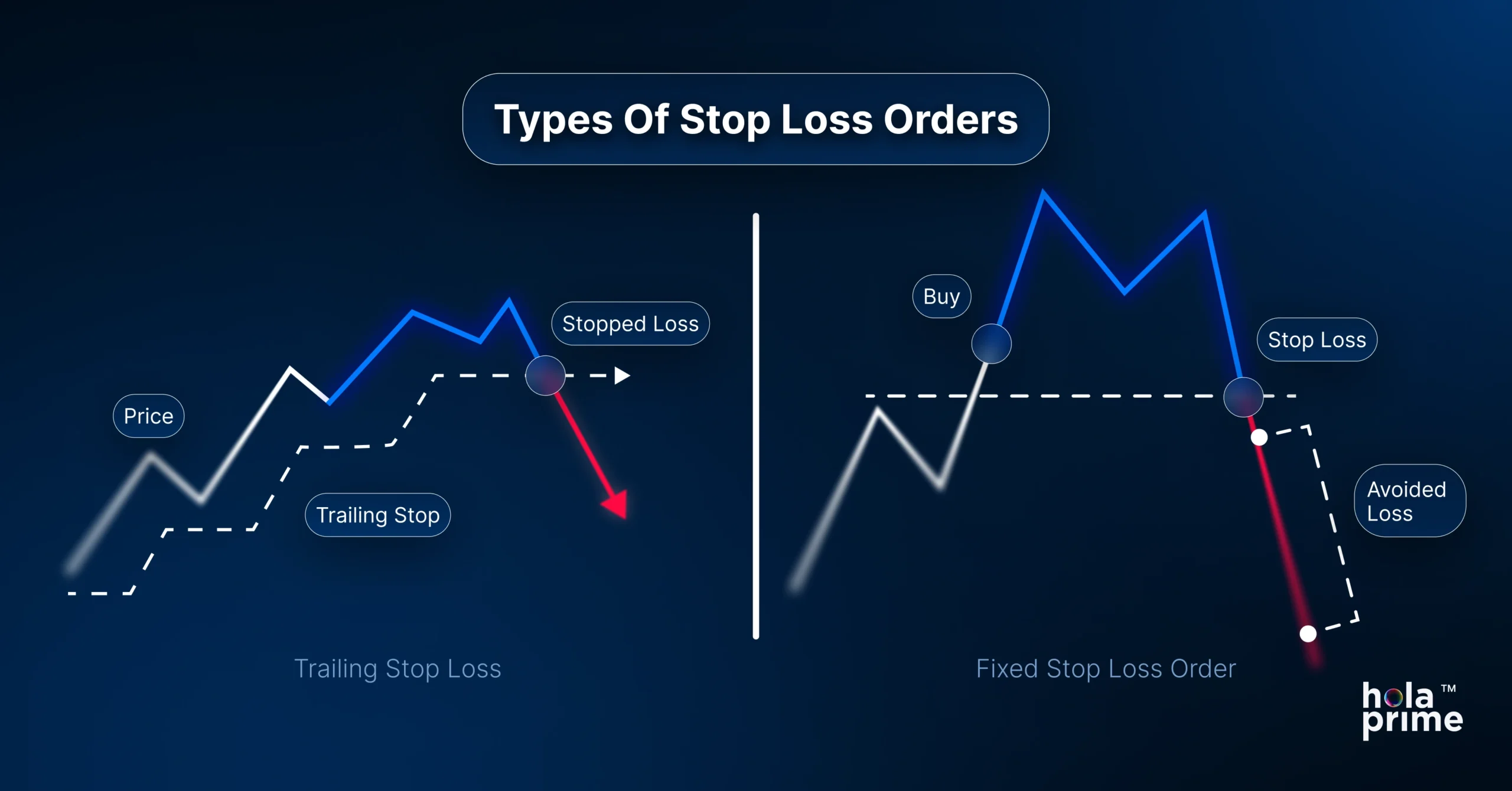Stop Loss Orders: Types, Strategies, and Why They’re Crucial
- Ankit Gupta
- June 20, 2025

Trading is a serious business, though it looks pretty exciting. There is a lot of hard work and professionalism that goes into the preparation of which trades to be execute, their c and risks associated with them. With an ever-evolving market, the concept of Stop Loss and Stop Loss Orders has evolved a lot and there are enough examples all around with the best traders who advocate the use of Stop Loss. This concept is very useful to a trader who wants to adopt a strategy for low-risk trading.
We will dwell on the Stop Loss as a concept and understand it better.
Stop Loss Orders are orders with a predetermined price level in order to prevent the amplification of losses.For example, suppose you’re trading the EUR/USD pair and decide to go long at 1.0800, expecting the price to rise. To manage your risk, you place a stop-loss order at 1.0750 – 50 pips below your entry.
Using a stop-loss like this helps limit potential losses if the market moves against your position.
Types of Stop Loss Orders

Trailing Stop Loss : Here, the stop loss is adjusted with current market price so that the trader can take advantage of reduced levels of losses. For example, you open a buy position of EUR/USD at 1.0800 and set a trailing stop loss of 30 pips. Initially, your stop loss is placed at 1.0770. If the price moves up to 1.0830, the stop loss automatically moves to 1.0800. If the price continues to rise to 1.0860, your stop loss trails up to 1.0830. However, if the market reverses from there, your position will close at 1.0830 – securing a 30-pip profit. This way, a trailing stop helps you lock in profits while still limiting potential losses.
Fixed Stop Loss Orders: These are orders placed at pre-decided price levels.
Stop Loss Vs Limit Orders
A limit order is an order to buy or sell the instrument at a specific price, whereas Stop Loss order are market orders that are triggered at specific price.
Stop Loss Strategies
Stop Loss Strategies that can be used as a part of Risk Management as a trader:
Fixed Stop Loss: When the price of the instrument drops by a specific price levele (pre fixed) from the entry price, such orders get triggered.
Volatility-Based Stop Loss:Here, the trader is able to adjust the stop loss levels based on the market situation. This is extremely useful during volatile market sessions, and the trader has a specific price level set up in mind.
Time-Based Stop Loss: As the name suggests, the order is triggered after expiry of the specified time when the set up was done.
Support & Resistance-Based Stop Loss: Often, traders take into account price levels and analyse chart patterns to determine the support and resistance levels. This helps them set up stop loss order accordingly..
Why Should We Have A Risk Management Trading Strategy

Anaylsis vs Emotions: In order to place a Stop Loss (SL) level, careful and data-backed decision-making needs to be done, resulting in an analytical reason for the selected price. There has to be an analytical angle to why the price of SL is set at a particular level. Emotions are overridden.This is extremely important from a trader’s mental health perspective, as it helps to have a defined decision entry and exit plan in a volatile market.
Capital Protection: It is a fundamental step in the trading to keep the capital intact, and one of the proven mechanisms is the use of SL (Stop-Loss) levels. As a trader, keeping a view of the capital levels and the impact of price fluctuations is an important aspect. Otherwise, it is very likely that the trader might incur huge losses For example, as per the Risk Management Strategy, if a trader can carry maximum loss of $100 on their they overall account, they can split this amount among the loss-making trades and set the SL level accordingly. In case of price fluctuations and increasing losses, the capital amount will remain protected.
Helps Maintain A Disciplined Approach: As an in-depth research and logical reasoning are needed to apply the SL, trading becomes more structured and helps in maintaining discipline . This is an important step in trading and is most common among successful traders.
Risk Diversification: In order to protect the capital, the trader can use SL and diversify the portfolio. The decision-making is very structured since the capital protection is already in place. Loss amplification does not occur when Stop Loss levels in place.
One Of The Tools For Long-term Success : With such a strategy in place, over a period of time, a trader learns to analyse the price and SL levels, and their understanding of market dynamics can be improved. Rather than spending time recovering from loss-making trades, a trader can focus on new and improved trading strategy and move on. From a trading psychology perspective, the learning pace will keep momentum going on. The reduced stress levels with fixed stop loss help in better decision making and risk management
A Must for Beginners: The usage of Stop Loss levels is highly recommended for beginners and experienced traders This helps traders manage their way through turbulent market conditions. In absence of a Stop Loss, losses may widen, capital would be at risk and the fear of uncertainty could lead to stress and poor decision-making resulting, in further losses.
Adaptability To All Trading Styles: The usage of Stop Loss is must for all types of trading. Risk control and management of capital while trading is well managed with the use of SL.
Conclusion
Avoiding the use of Stop Loss as a trader is like walking into a known trap. Think of Stop Loss as an insurance policy – not one that indemnifies your losses, but one that helps restrict them, allowing you to maintain a long-standing position in a tough market. SL help you achieve capital protection, enable more trading opportunities, and create a less stressful environment where the focus can shift to learning and better understanding price movements. It’s a free too available across all platforms, yet extremely powerful when used as part of a data-based trading strategy.
If you need more information on how to use Stop Loss, please connect with our trading coaches via Discord for a free one-on-one session: https://discord.gg/hjDcUcEfgA.
Frequently Asked Questions (FAQs)
1. What is a stop loss order and how does it function?
Stop loss order is a risk control measure that closes your position automatically at a pre-specified price to restrict potential losses as the market goes against you.
2. What are the various types of stop loss orders?
Stop loss order types are fixed stop loss, trailing stop loss, volatility-based, time-based, and support/resistance-based stop losses. Each of these is appropriate for varying trading styles and risk tolerance.
3. What is the difference between a stop loss order and a limit order?
A stop loss order activates a market order when a price is reached, whereas a limit order will only execute at your designated price or better—utilized more for entry or profit taking.
4. What are the most effective stop loss methods for risk-free trading?
Fixed stop loss, trailing stops, and support/resistance stops are effective stop loss methods that aid in controlling risk and ensuring discipline during erratic markets.
5. Why is a stop loss important for a risk management trading strategy?
Stop loss orders shield your funds, avoid huge drawdowns, and ensure traders remain emotionless with a consistent approach – therefore, crucial for enduring trading success.
Disclaimer: All information provided on this site is for educational purposes only, related to trading in financial markets. It is not intended as financial advice, business or investment recommendation, or as an opportunity or recommendation to trade any investment instruments. Hola Prime only provides an educational environment to traders, including tools, materials and simulated trading platforms which have data feed provided by Liquidity Providers. The information on this site is not directed at residents in any country or jurisdiction where such distribution or use would be contrary to local laws or regulations.

